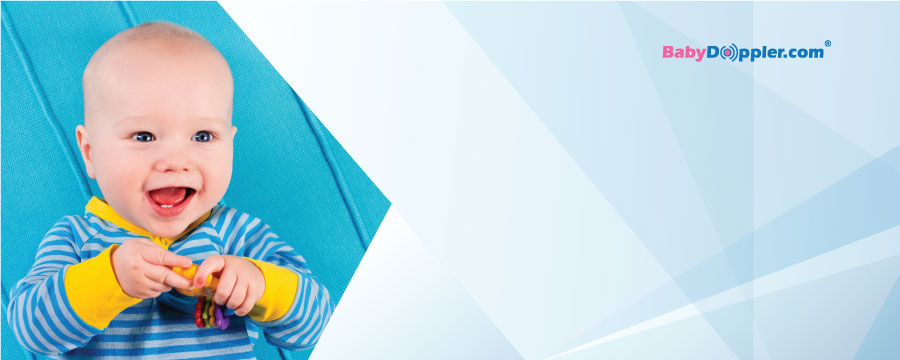Teething is part of the normal process of growing up for your baby. It happens during the first year of your baby’s life. It is common for babies to start teething when they are 4 to 7 months of age. You’ll notice that the very first teeth to erupt out of the gums are the central incisors that appear in the bottom front.
This is common with most of the babies born the world over. However, only 1 out of 3,000 babies are born with one, two or more teeth. Known as natal teeth, these can cause some degree of harm to the mothers and babies as well.
Although most mothers tend to be shocked at this anomaly, it is nothing serious to worry about. Most Pediatricians advise surgical removal of such teeth as they may cause minor injuries to the mother while feeding. Another risk is that the babies may bite their tongues or even choke on these teeth if they try swallowing a loose tooth.
This problem can be rather easily overcome. A mom can opt to use a breast pump to feed her little one until the teeth are extracted. She can also seek the advice of a Pediatrician who will guide her as to the best time when the natal teeth can be surgically removed.
What causes Natal Teeth?
What causes Natal teeth is still a mystery. However, research indicates that there are a few factors that lead to increased chances for babies having natal teeth at birth. While infection and malnutrition could be contributing factors, hormonal stimulation leading to transmission of an autosomal gene can also cause the formation of natal teeth. Also, babies born with a cleft palate are prone to have natal teeth. Irregular formation of dentin, a calcified tissue that helps in teeth formation, is also another known cause.
Research indicates that there is the heredity factor to consider, as well. Close to 15% of babies that are born with natal teeth do have some family members who also had natal teeth at birth. The family member could either be a sibling or a parent. One interesting discovery is that females are more prone to be born with natal teeth than males.
Different Types of Natal Teeth
While it is common for a few babies to be born with natal teeth, there are 4 different types of natal teeth that a baby can be born with. It is your doctor who can detect the difference.
The types of teeth include:
- Completely developed teeth, which could be loose at birth
- Crowns that appear on new root structures
- Loose teeth that are devoid of any roots (will be very loose)
- Tiny teeth just protruding out through the gums
- Underlying teeth that could erupt at any time
Most of the cases detected featured just one or two teeth. Never was there a case when a baby was born with a full row, either lower or upper. It is more common for babies to be born with front lower natal teeth, which may sometimes be followed with front upper teeth. In very rare cases there were babies born with molars.



